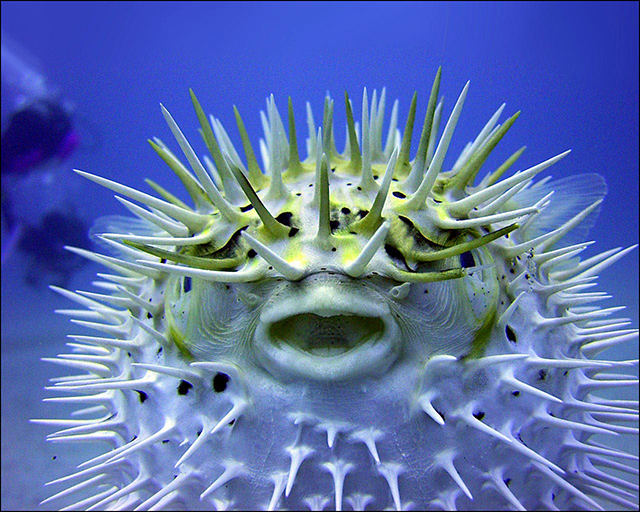On September 7th, 1978, Georgi Markov, a Bulgarian dissident of his country’s communist regime, was assassinated on a London street. His thigh was injected by a specially modified umbrella with an engineered pellet containing a lethal dose of the poison ricin. He died without a final diagnosis a few days later, and the murderer remains unknown.
Poisons are compounds that can cause harmful disruptions to the body, with effects ranging from nausea to death. Though any substance can be poisonous when enough is in the body, the speed and amount with which a poison acts depend on its pathway into the bloodstream and its chemical characteristics. According to Management of Poisoning – A Handbook for Health Care Workers, this can be through ingestion, inhalation, absorption through the skin, or injection.
Given the many different mechanisms poisons can damage the body, including drug overdose, detoxification from such substances often requires medical intervention. The body has its own natural protection against toxins largely through the liver’s filtration of the blood from toxic byproducts of broken down drugs or alcohol, but concentrated poisons easily overwhelm these regular filtration systems. While poisons are often recorded in history as means for murder, many are found in our daily lives.
While poisons are often recorded in history as means for murder, many are found in our daily lives.
In 2002, the FDA approved Botox (Botulinum toxin-A) for the cosmetic purpose of temporarily reducing wrinkle lines. Botulinum toxin is the most poisonous biological substance known, attacking the body’s nerves and causing difficulty breathing, muscle paralysis, and even death. A 1981 paper published in Transactions of the American Ophthalmological Society first demonstrated the effectiveness of botulinum toxin type A, a specific version of the toxin produced by the same bacterium, for managing strabismus, a condition of the eyes not lining up with one another. It was later approved for many other conditions. In fact, it is used in almost every sub-specialty of medicine, according to a 2010 paper published in the Indian Journal of Dermatology.
Clostridium botulinum, the bacterium that makes botulinum toxin, is found naturally in many places. These bacteria make spores, which act like protective coatings and help them survive in extreme conditions. While these spores usually do not cause illness even when ingested, certain conditions like “improperly home-canned, preserved, or fermented foods” can cause them to grow and create this incredibly lethal toxin. According to the CDC, though it is rare, this bacterium can cause the severe illness botulism. The 2010 paper describes botulinum toxin as a neurotoxin that interferes with neural transmission by blocking acetylcholine release. As this neurotransmitter plays a significant role at the neuromuscular junction, its inhibition in activity causes muscle paralysis. Despite its alternative use in medicine and cosmetics, this toxin is incredibly dangerous, with its median lethal dose for humans estimated at two nanograms of botulinum toxin per kilogram of body weight when inhaled. This is only three times greater than in foodborne cases, as reported by the World Health Organization.
Despite its alternative use in medicine and cosmetics, this toxin is incredibly dangerous, with its median lethal dose for humans estimated at two nanograms of botulinum toxin per kilogram of body weight when inhaled.
According to BBC News, the Japanese delicacy fugu, or pufferfish, is so poisonous that for decades, Tokyo chefs who prepare it have been strictly licensed. Obtaining a license takes at least two years of training, which is followed by a test failed by a third of applicants. A 2016 paper published in Fundamentals of Toxicology reports that as little as one to four milligrams of the toxin can kill an adult. When preparing pufferfish, chefs intend to get a small dose for mild tingling effects without the more serious symptoms of poisoning.
This poison is tetrodotoxin, a potent neurotoxin named after the Tetraodontiformes order which includes pufferfish, porcupinefish, ocean sunfish, and triggerfish. According to a 2021 article published by StatPearls Publishing, cooking does not destroy the toxin because it is heat-stable. The 2016 paper explains that tetrodotoxin causes paralysis by affecting sodium ion transport in the central and peripheral nervous systems. This prevents the nervous system from communicating and muscles from contracting. Higher doses produce nausea, vomiting, respiratory failure, difficulty walking, extensive paralysis, and death. Tetrodotoxin poisoning is rare in the United States, but a recent US report indicated several cases of people who caught and consumed pufferfish with elevated levels of these toxins and suffered its effects.
For centuries, poisons were studied for their applications in medicine. Learning about their behaviors continues to push our knowledge of the human body’s resistances and weaknesses. Though we continue to apply our knowledge of poisons to medical interventions, cosmetics, and other aspects of our lives, we should consider whether or not the risks are worth taking.
Indian Journal of Dermatology (2010). DOI: 10.4103/0019-5154.60343
Transactions of the American Ophthalmological Society (1981). PMCID: PMC1312202
Toxicological Reviews (2003). DOI: 10.2165/00139709-200322010-00007




